Full text
PDF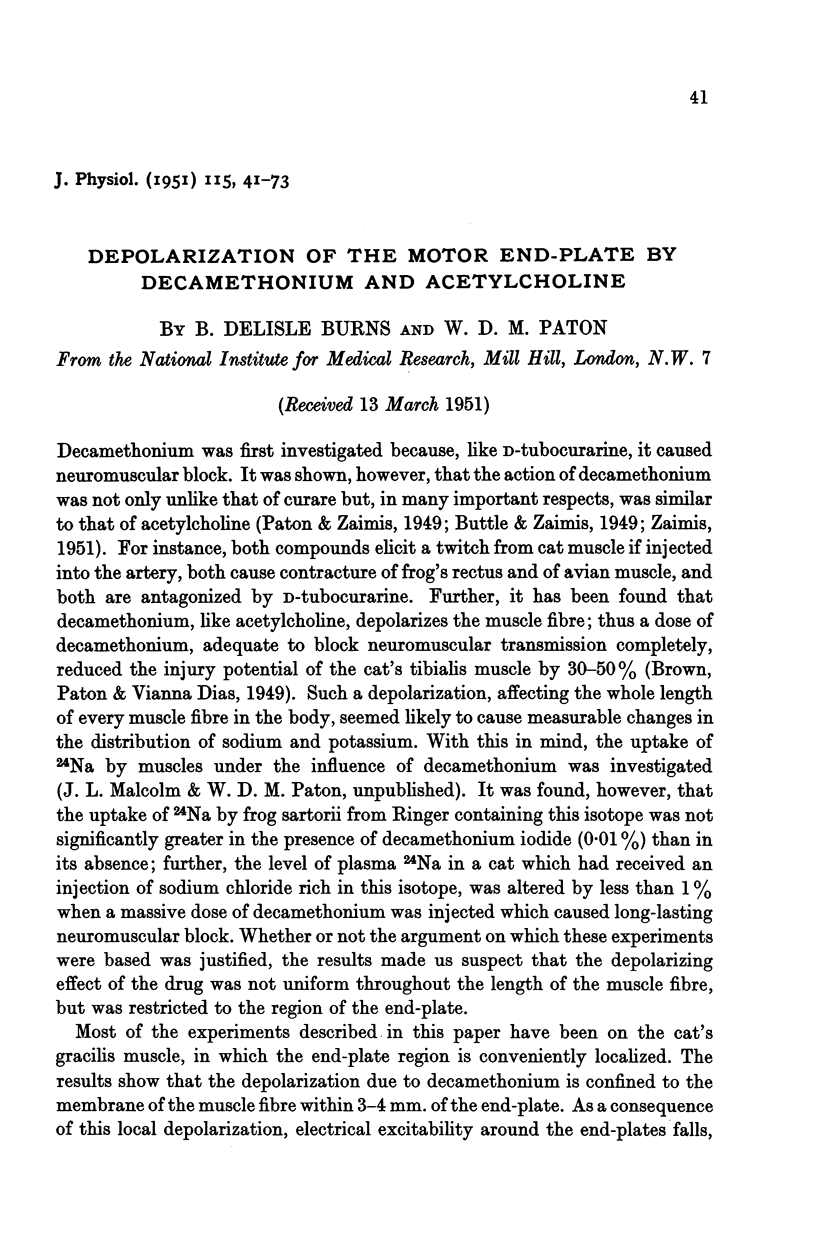


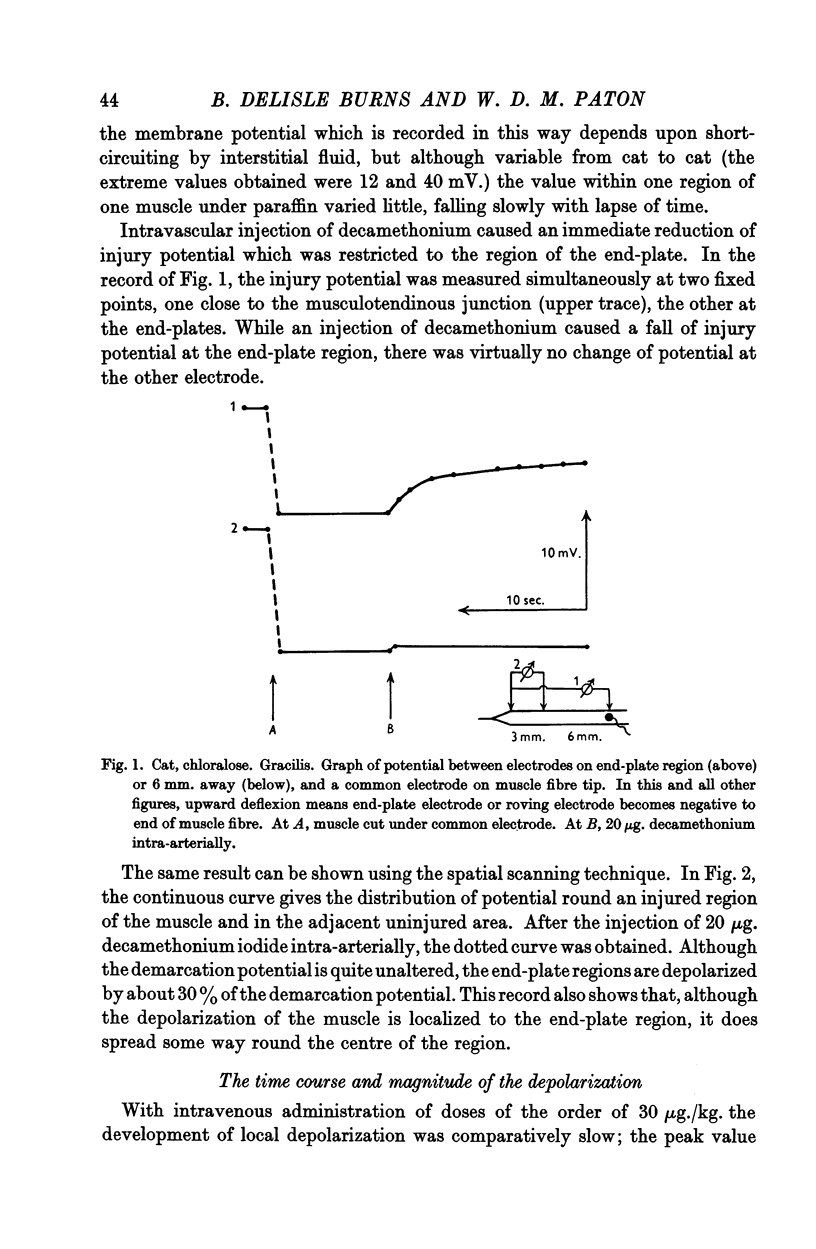






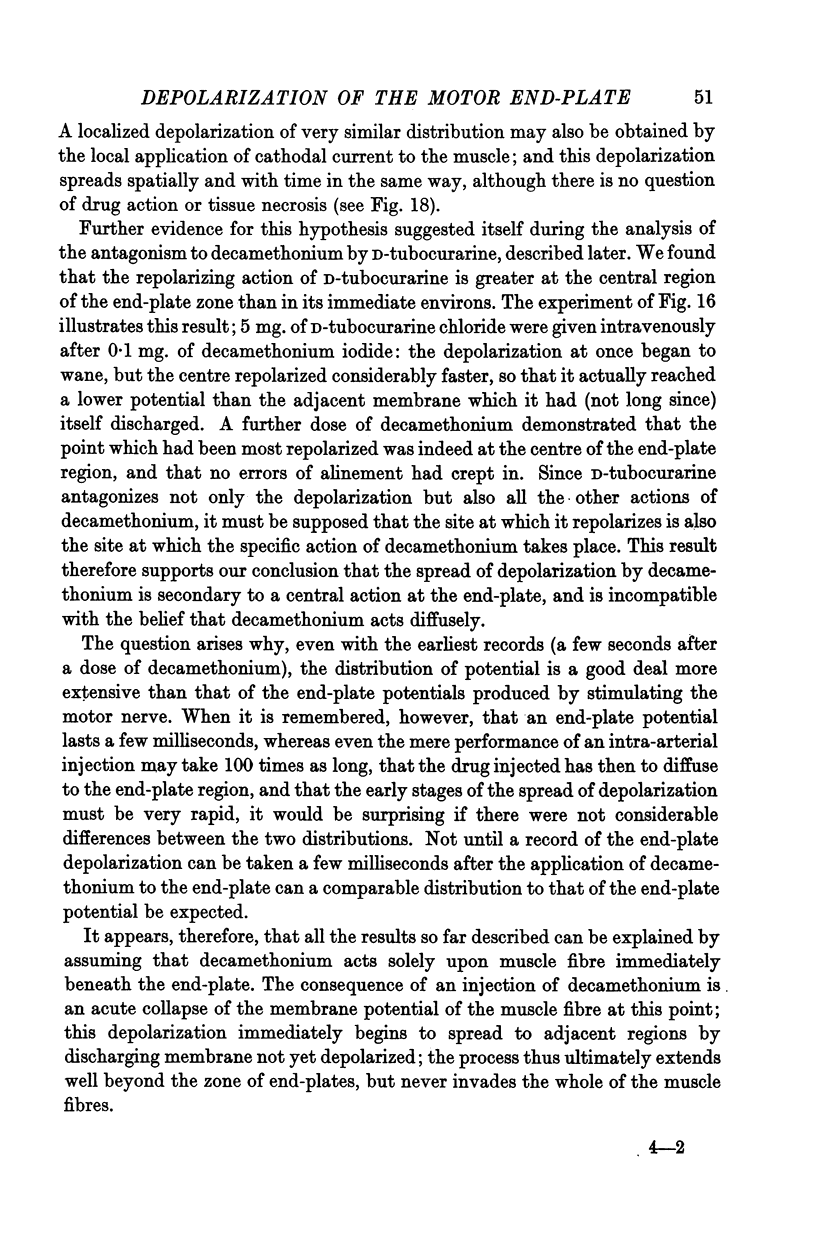




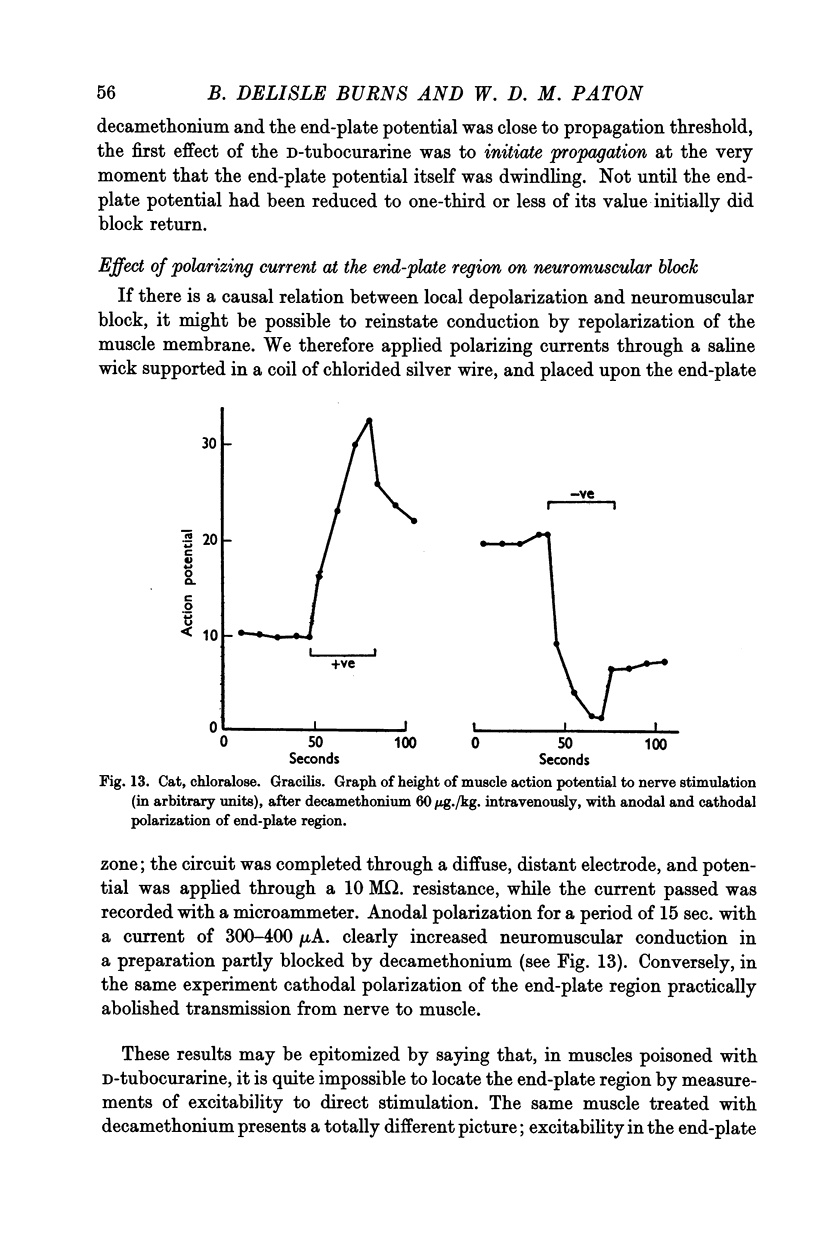
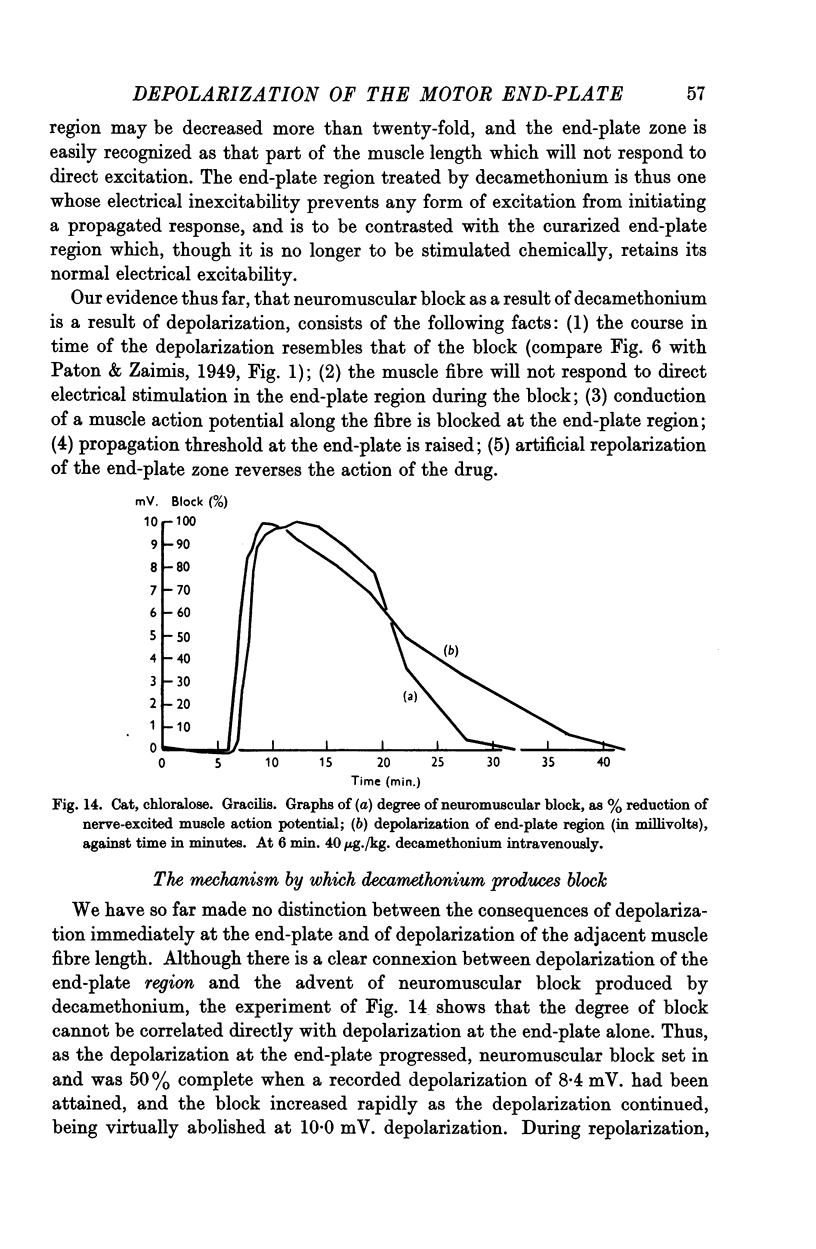
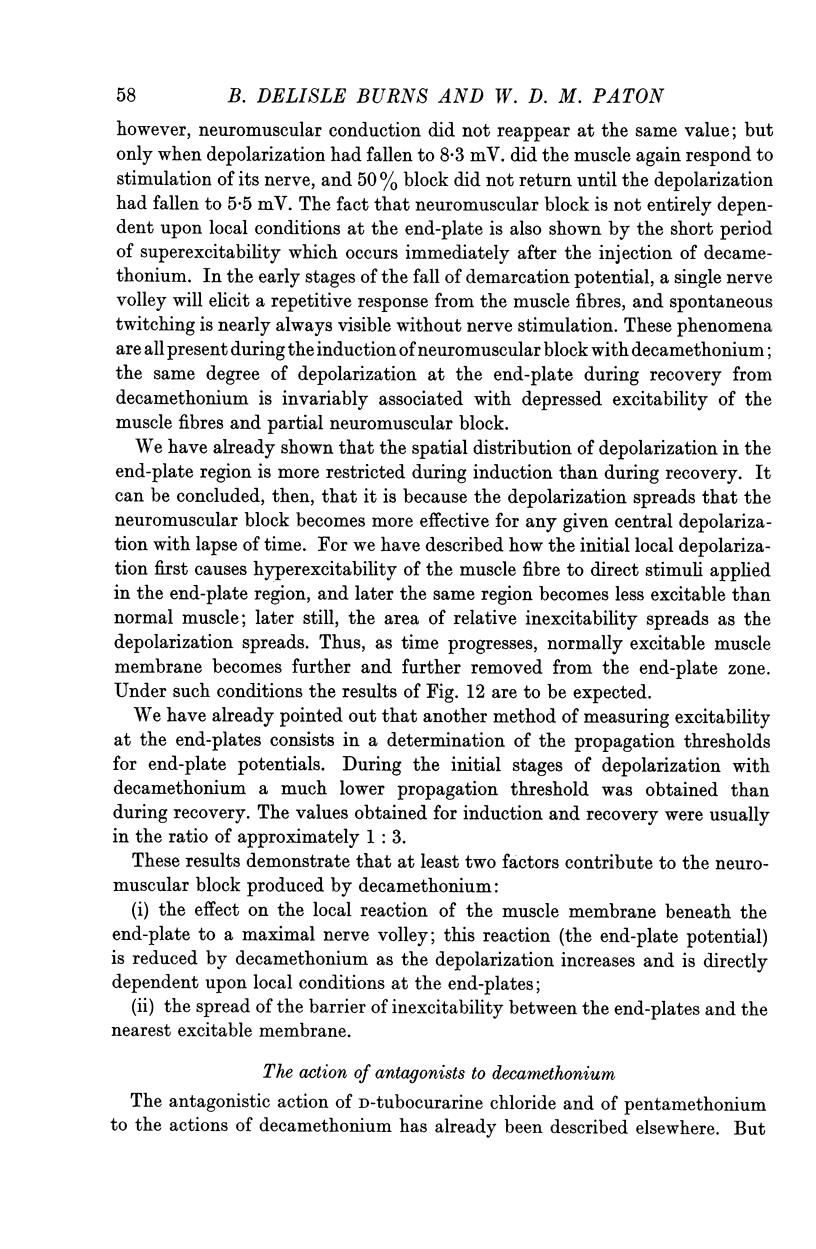



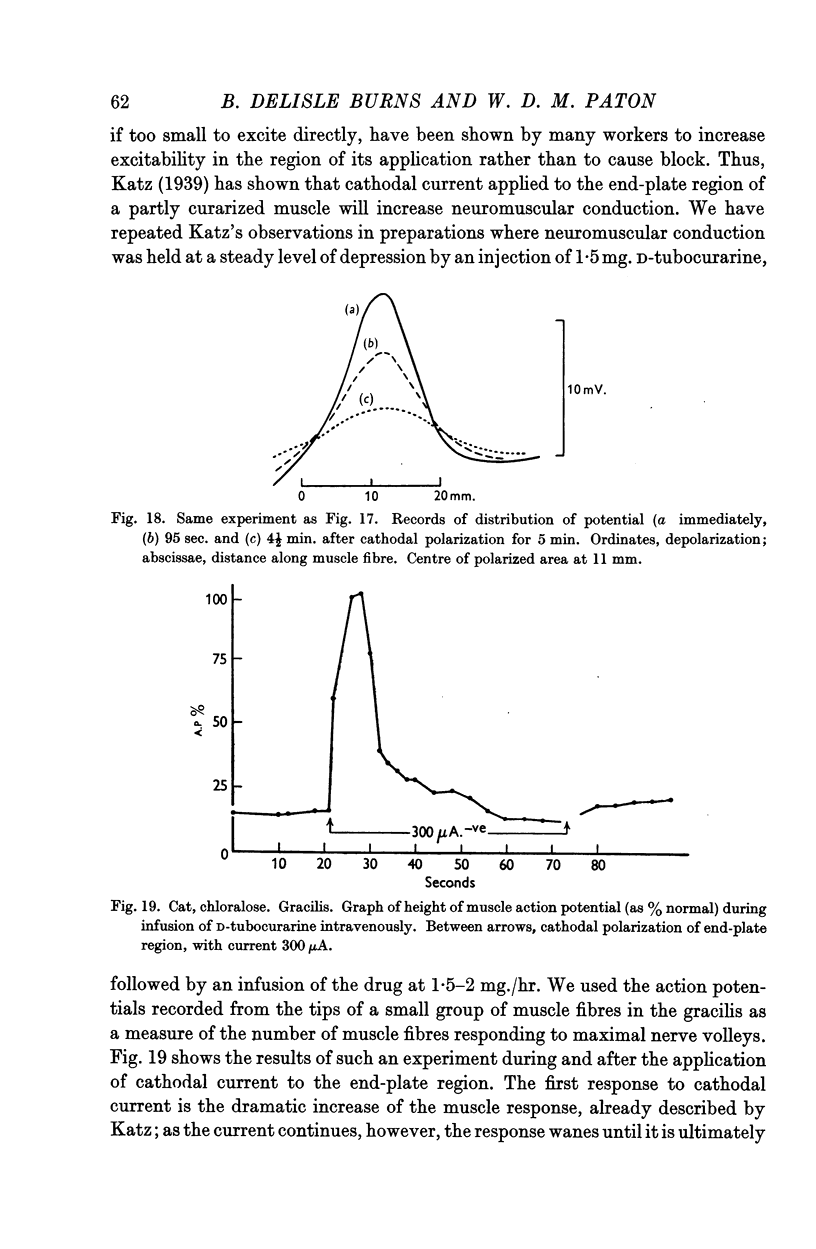

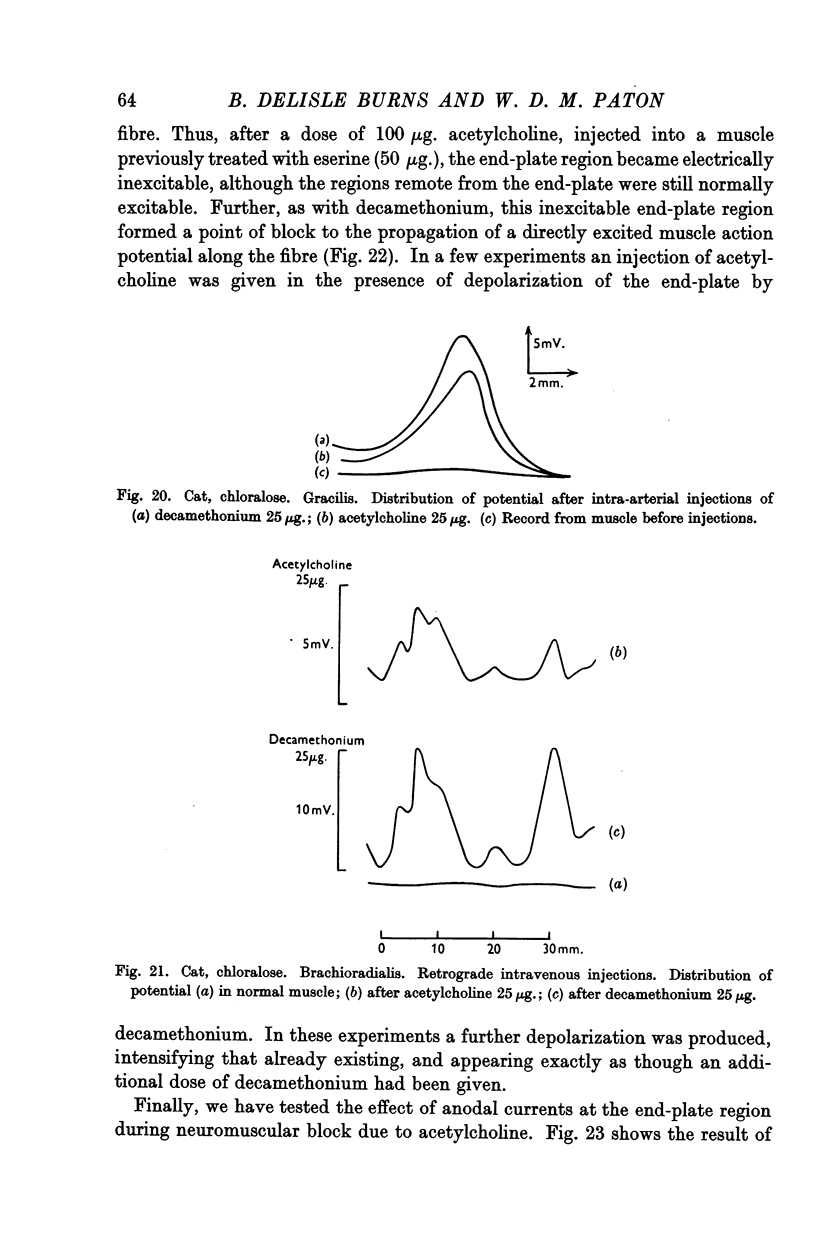



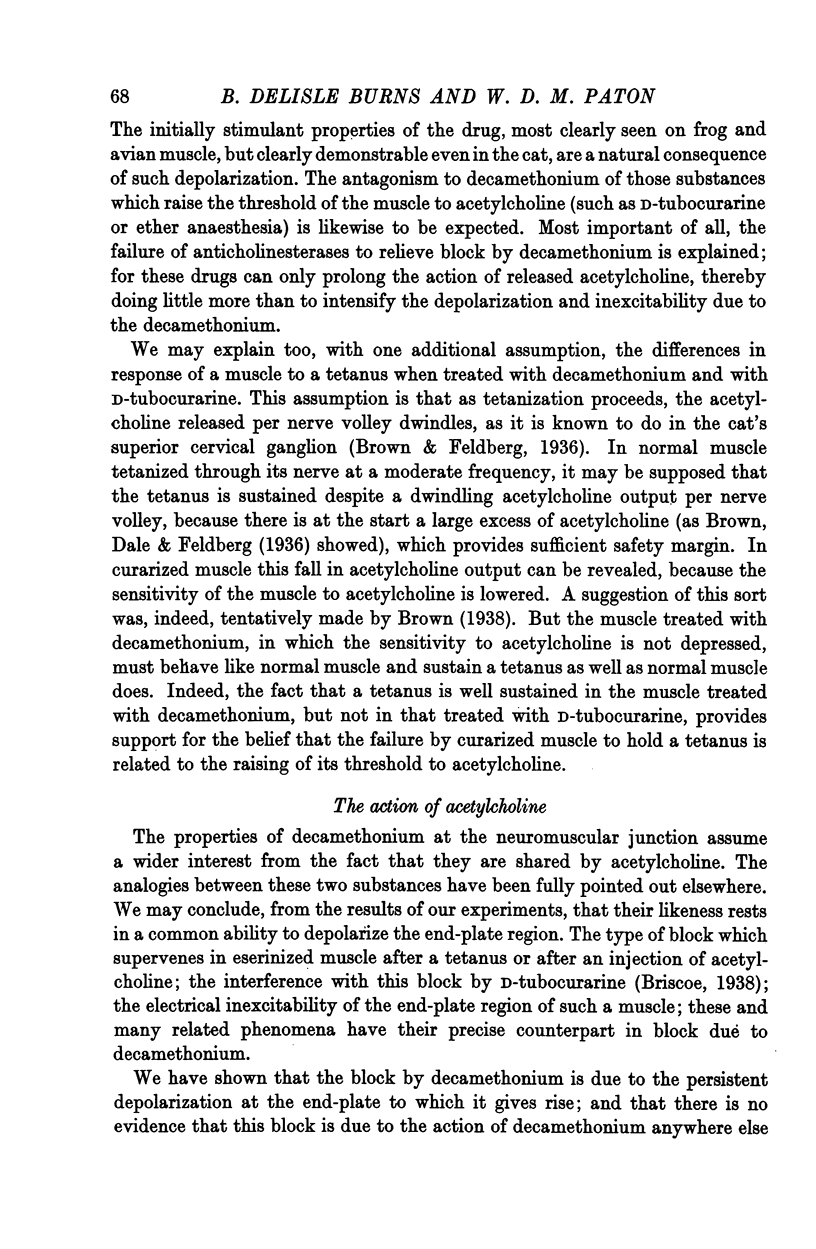
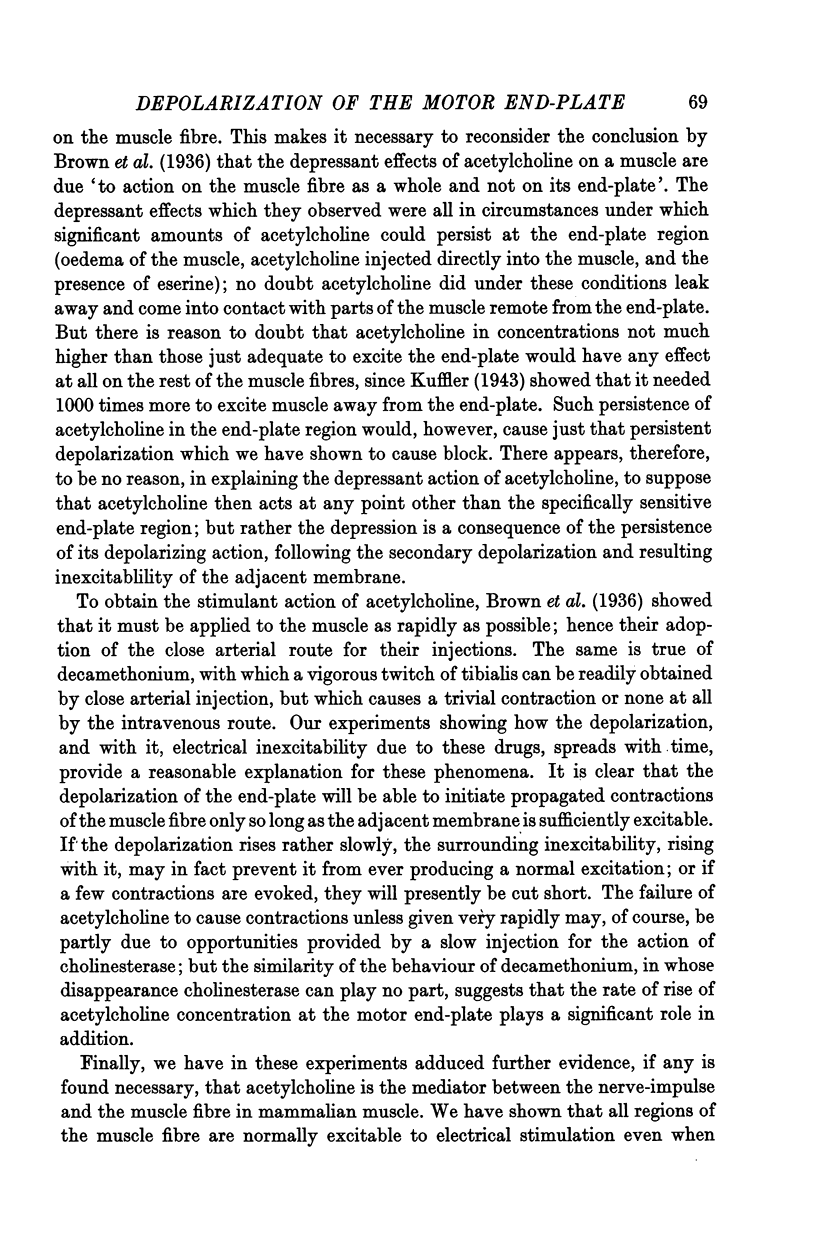
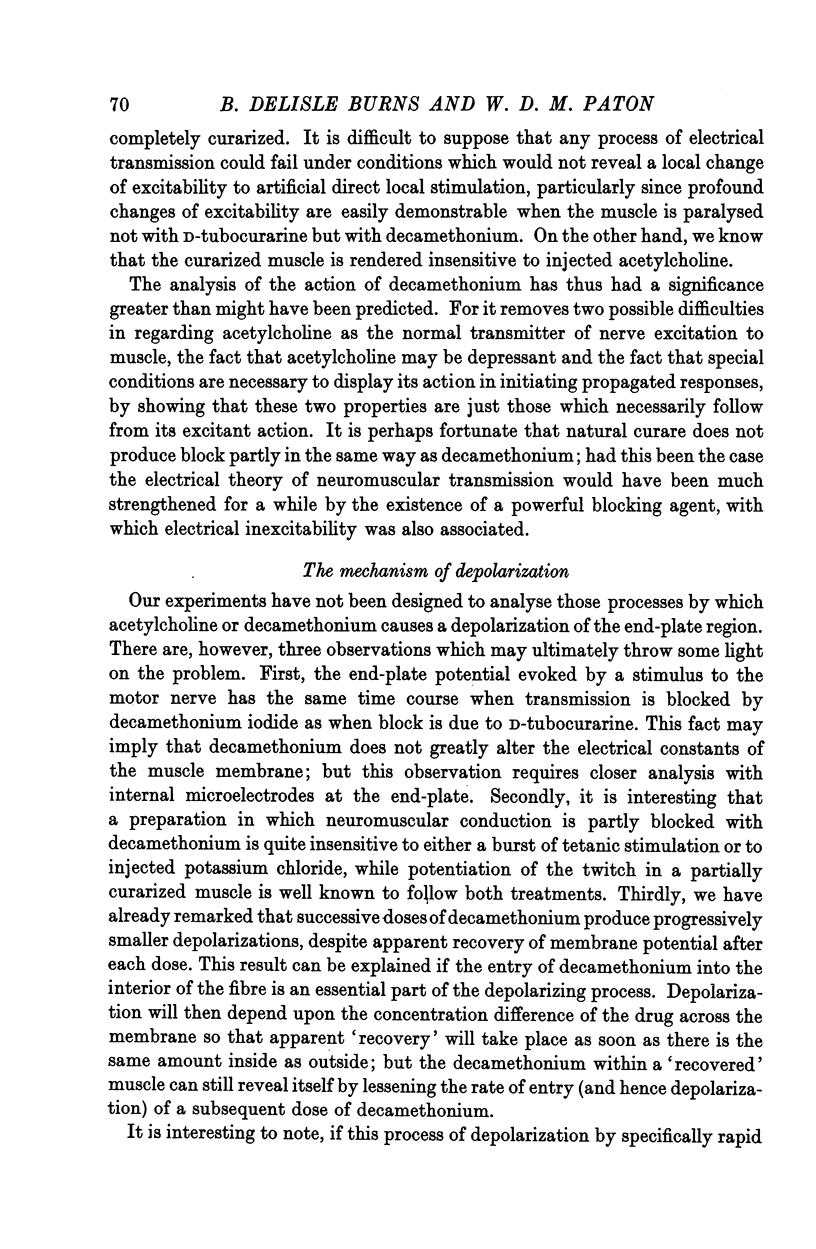

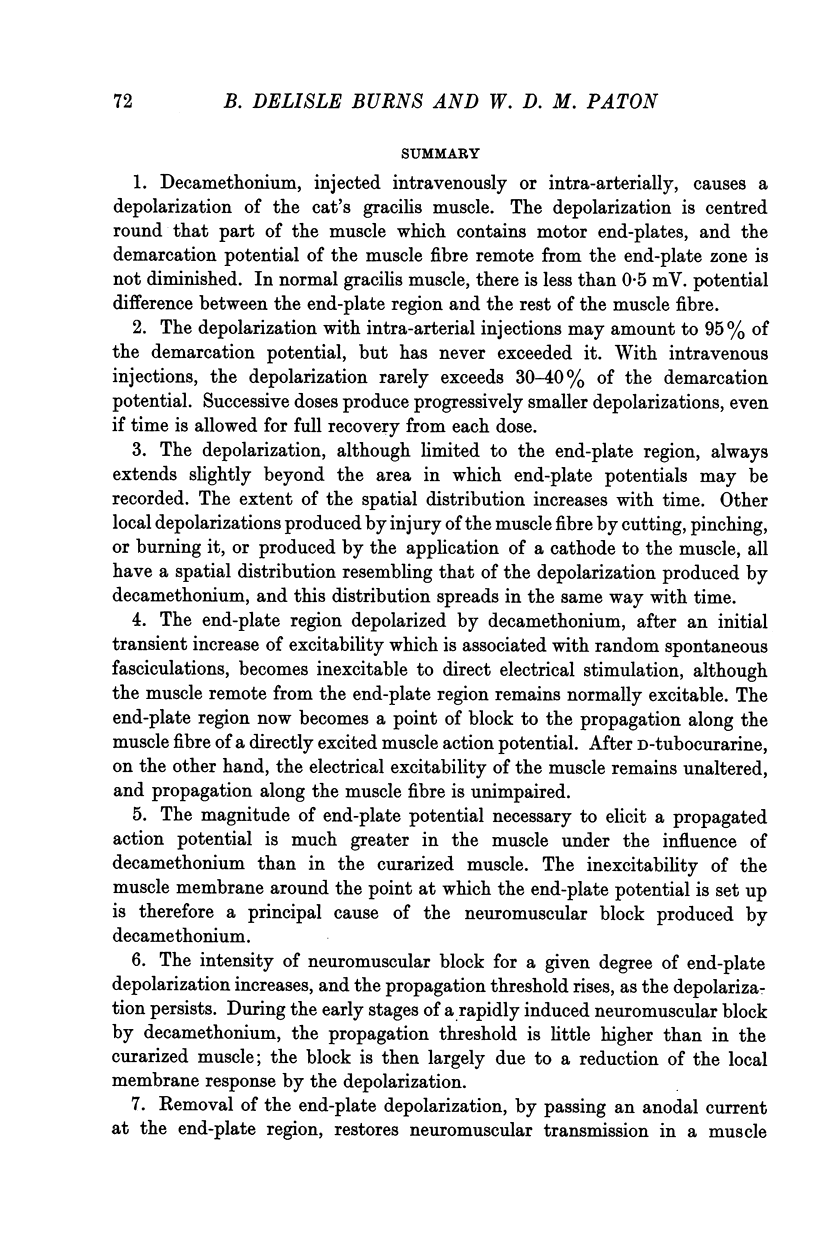

Images in this article
Selected References
These references are in PubMed. This may not be the complete list of references from this article.
- Briscoe G. Changes in muscle contraction curves produced by drugs of the eserine and curarine groups. J Physiol. 1938 Aug 15;93(3):194–205. doi: 10.1113/jphysiol.1938.sp003635. [DOI] [PMC free article] [PubMed] [Google Scholar]
- Brown G. L., Dale H. H., Feldberg W. Reactions of the normal mammalian muscle to acetylcholine and to eserine. J Physiol. 1936 Sep 8;87(4):394–424. doi: 10.1113/jphysiol.1936.sp003414. [DOI] [PMC free article] [PubMed] [Google Scholar]
- Brown G. L., Feldberg W. The acetyloholine metabolism of a sympathetic ganglion. J Physiol. 1936 Dec 11;88(3):265–283. doi: 10.1113/jphysiol.1936.sp003439. [DOI] [PMC free article] [PubMed] [Google Scholar]
- Katz B. The "anti-curare" action of a subthreshold catelectrotonus. J Physiol. 1939 Mar 14;95(2):286–304. doi: 10.1113/jphysiol.1939.sp003728. [DOI] [PMC free article] [PubMed] [Google Scholar]
- ZAIMIS E. J. The action of decamethonium on normal and denervated mammalian muscle. J Physiol. 1951 Jan;112(1-2):176–190. doi: 10.1113/jphysiol.1951.sp004518. [DOI] [PMC free article] [PubMed] [Google Scholar]






